11 Wild & Wonderful Things to Do from Dawn to Dusk in Wichita, Kansas
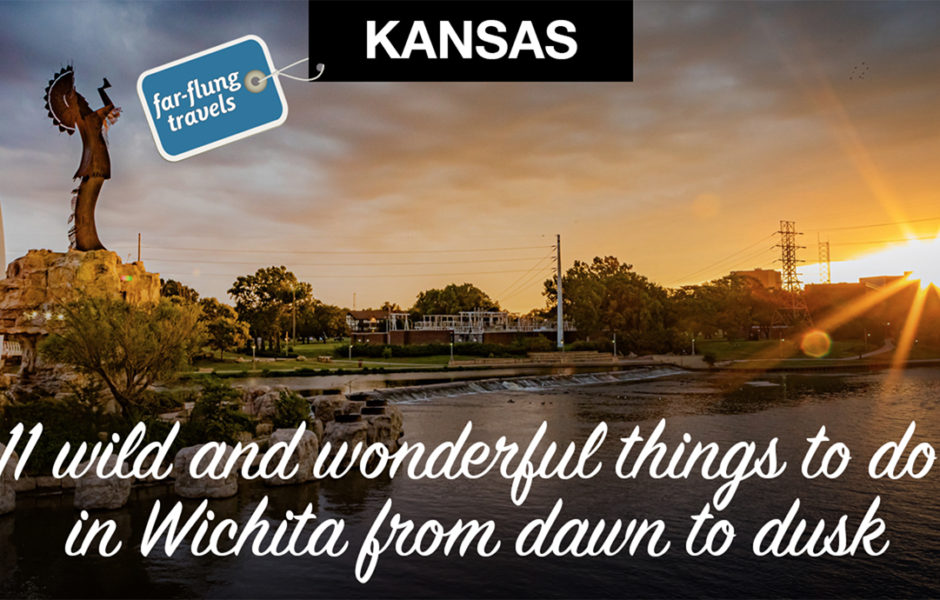
A historian once referred to Wichita, Kansas, as the ‘Truck Stop of the Plains’ and I took the term quite literally—until recently. For most of my life, Wichita was merely a spot to fill up on gas on the way some of the surrounding states. After getting to spend more time in the Wichita this year, the nickname has new contextual meaning for me.
Even before it was a city, Wichita was less a rest stop than a meeting place for Native American tribes, who would gather at the confluence of Arkansas and Little Arkansas rivers to trade goods. Later, fur trappers and bison hunters established trading posts and the U.S. military built forts. Suddenly, the wild, untamed plains seemed accessible enough for outsiders to establish a permanent settlement and farmland on former tribal territory. By 1867, Wichita had become a stopover for livestock traders, who drove millions of cattle along the Chisholm Trail from the Fort Worth stockyards in Texas to Abilene, Kansas, where the railroad would carry them East. When the railroad finally came to town in 1872, Wichita cemented itself as a transportation hub and was poised for future industrial growth.
Whether you are passing through Wichita or planning to stay awhile, I’ve found a gazillion things to do at all hours in the day. From sun up to sun down, the city bustles with activity if you know where to find it. Here are some tips for 9 wild and wonderful ways to spend your day in Wichita.
[Before Dawn]
1. Get moving along the Arkansas River Path
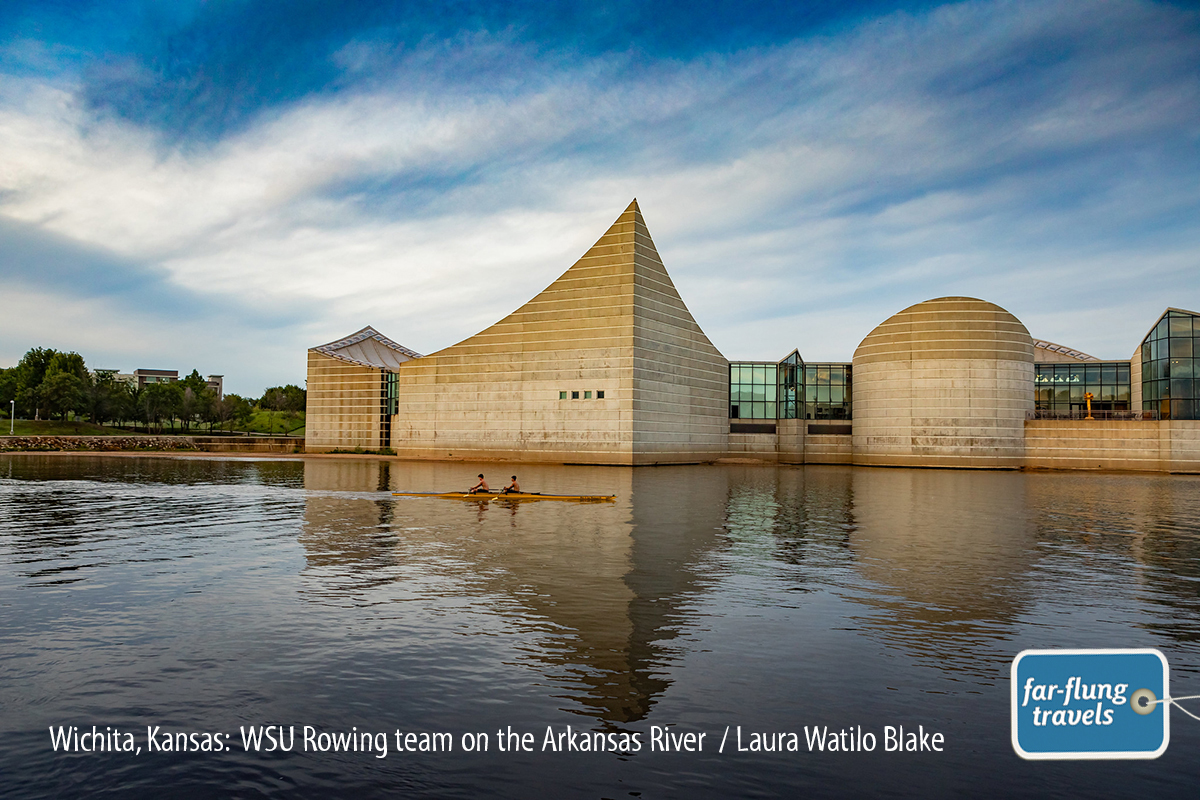
Members of the Wichita State University rowing team glide past Exploration Place on the Arkansas River near the Keeper of the Plains. The rowing team operate out of a clubhouse on the riverfront, which also has paddleboat, kayak, SUP and bike rentals for those interested in getting out and exploring the city along the Arkansas River and the adjacent multi-use path.
The urban Arkansas River Path stretches for more than 10 miles along both sides of the mighty ‘Ark River’ through downtown Wichita. Each morning I was in town, I took advantage of the wide, well-lit path going north along the east bank of the river from the Drury Plaza Broadview Hotel on Douglas Avenue, where I was staying. As I walked, members of the Wichita State University rowing team, who practice out of their boathouse at the River Vista Apartments on the other side of the river, were already out on the water by 6:15 a.m., gliding past Exploration Place, the Sedgwick County Science and Discover Center. The new WSU boathouse also houses a retail arm called Boats and Bikes that rents bikes, SUPs, kayaks and paddleboards to anyone who wants different options for getting around. While operating hours have been limited to weekends since they opened in late summer 2019, there are plans to expand in the 2020 season. Be sure to check their Facebook page before you go, so there are no surprises.
[Sunrise]
2. Watch first light from The Keeper of the Plains Plaza
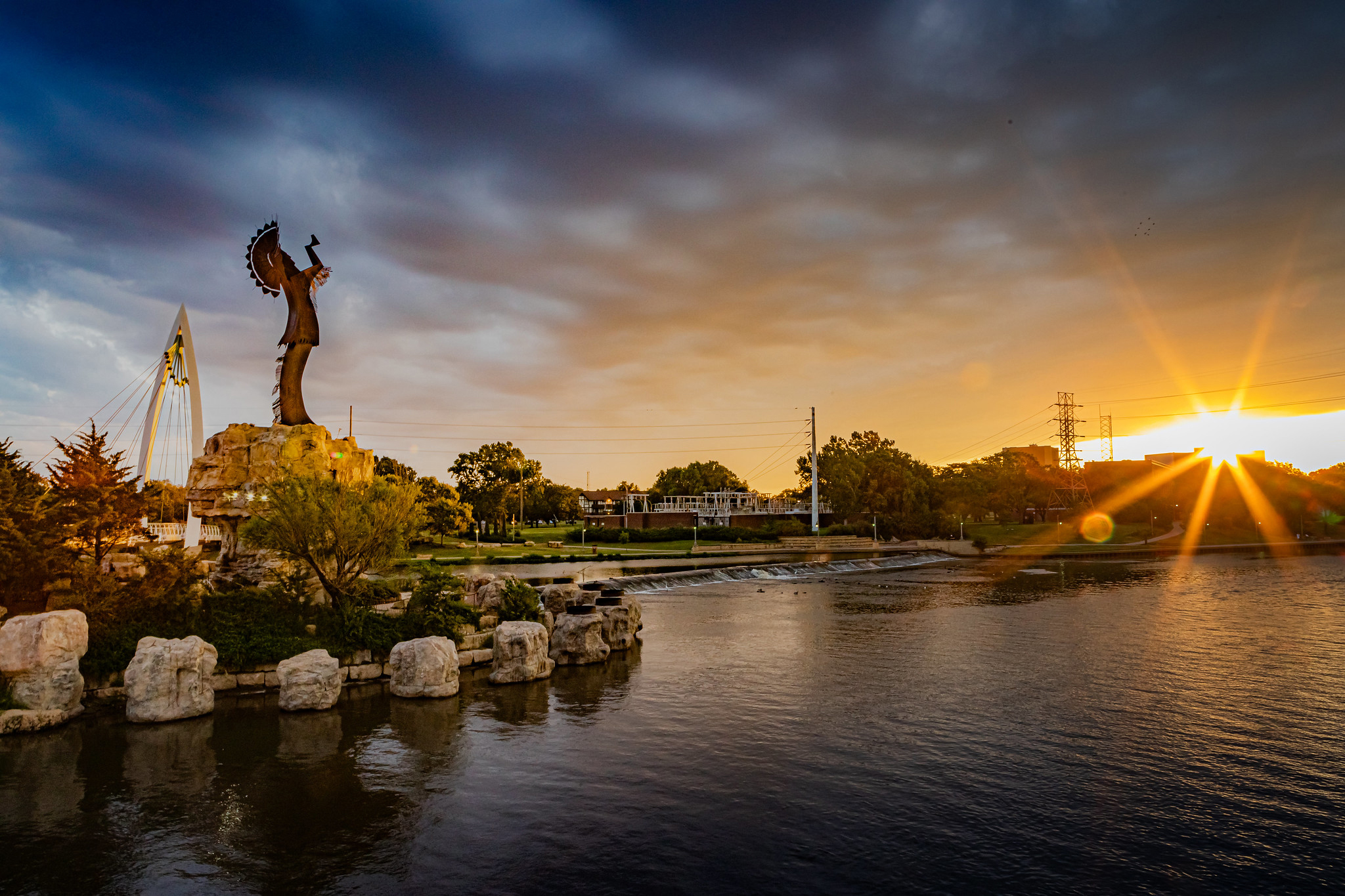
The Keeper of the Plains, a sculpture by Blackbear Bosin, stands over the confluence of the Big and Little Arkansas rivers at dawn. It’s located in the heart of Wichita, Kansas, a jewel in the central plains.
Continuing north on the Arkansas River Path, you’ll come to the iconic Keeper of the Plains, a 44-foot-tall sculptured standing on a 30-foot-high pedestal at the confluence of the Big and Little Arkansas rivers. This is a great place to greet the day, although it’s most popular in the evening for reasons you’ll find out later in this post. Located on sacred land that became a refuge for the Wichita tribe after the arrival of Europeans, the Keeper raises its hands to the sky in deference to the Great Spirit, the main deity for many Native Americans. As you head over the pedestrian bridge that links each river bank to the Keeper of the Plains Plaza, the sound of flutes, drums and chants begins to fill the air. Once at the plaza, you can get to know various aspects of life that were typical for Native Americans living on the Plains through open-air exhibits. The Mid-America All-Indian Center is located here also, but it doesn’t open until 10 a.m., so you’ll have to come back later in the day if you’re interested in learning more about the rich history and culture of American Indians. In the meantime, it’s magical when the first rays of morning light reach over Wichita’s downtown buildings and stream across the Keeper’s face.
[10 a.m.]
3. Get to the art of the Wichita State University campus
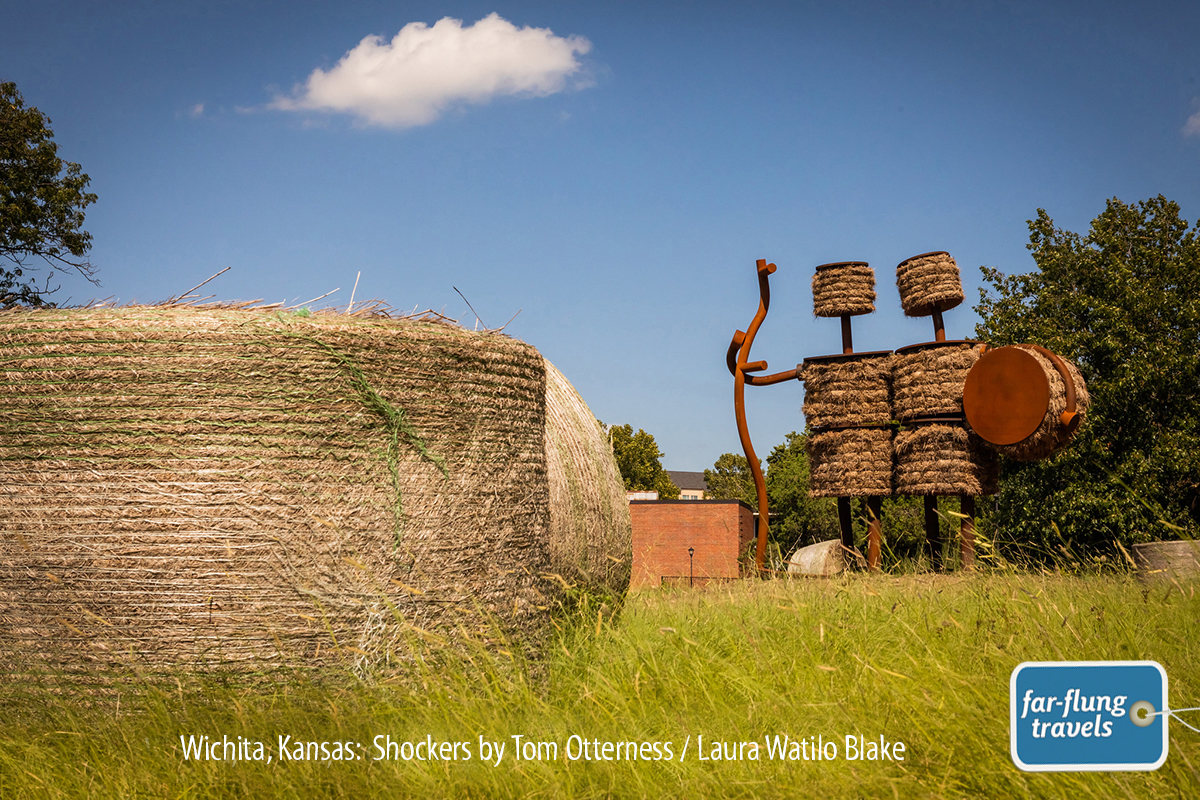
The Ulrich Museum of Art is located on the Wichita State University Campus. It has the largest outdoor sculpture park in the state of Kansas. Shockers by Tom Otterson is one of the newer additions to the park. Installed in 2019, the sculpture requires maintenance every spring to add fresh hay and new bales around its base.
If you’re inspired to check out more alfresco art, then head to the Wichita Sate University campus. Not only does it have largest collection of outdoor sculptures in the entire state of Kansas, but also it’s been called one of the top sculpture collections in the nation by Public Art Review. Look for two of Fernando Botero’s super-sized figures, Claes Oldenburg’s Inverted Q Trial Proof, Henry Moore’s Reclining Figure and the newly installed Shockers by Wichita native Tom Otterness. His millipede sculpture, affectionately known as ‘Millie,’ slinks along a fern-lined sidewalk leading to the Ulrich Museum of Art, which is open every day except Monday. The museum is best known for the Venetian glass mosaic by Joan Miró, which hangs over the entrance. Inside you’ll find modern and contemporary works of art in both the permanent collection and traveling exhibitions. The museum recently launched an initiative to be more accessible for sight-impaired art enthusiasts. Its GuideBeacon app not only has vivid descriptions of the works on display, but it also leads visitors throughout the museum to art that has been recreated using tactile graphics.
[Noon]
4. Eat well at these lunch hot spots
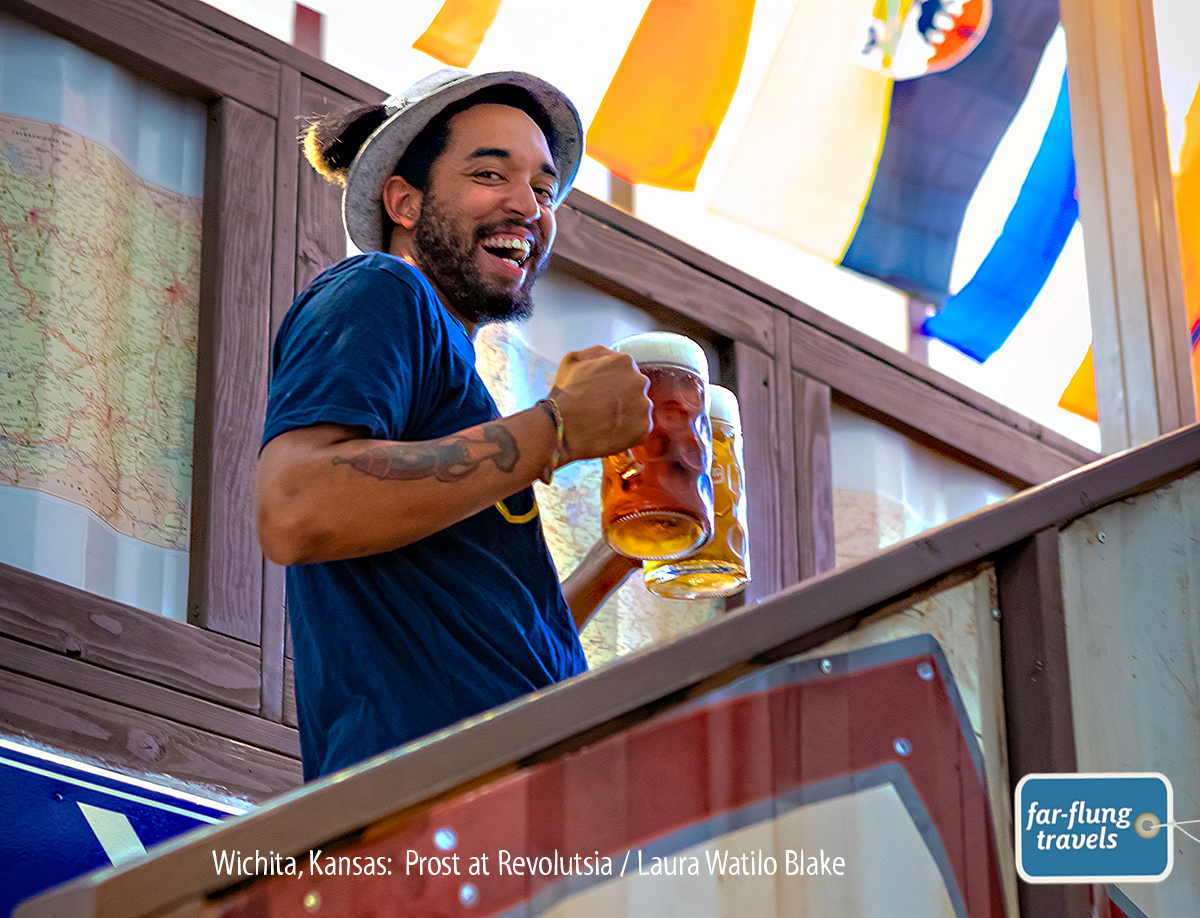
Revolutsia is a shipping container shopping and dining center located at Central and Volutsia in Wichita, Kansas. German food hall, Prost, anchors the center, which includes other locally run retail businesses.
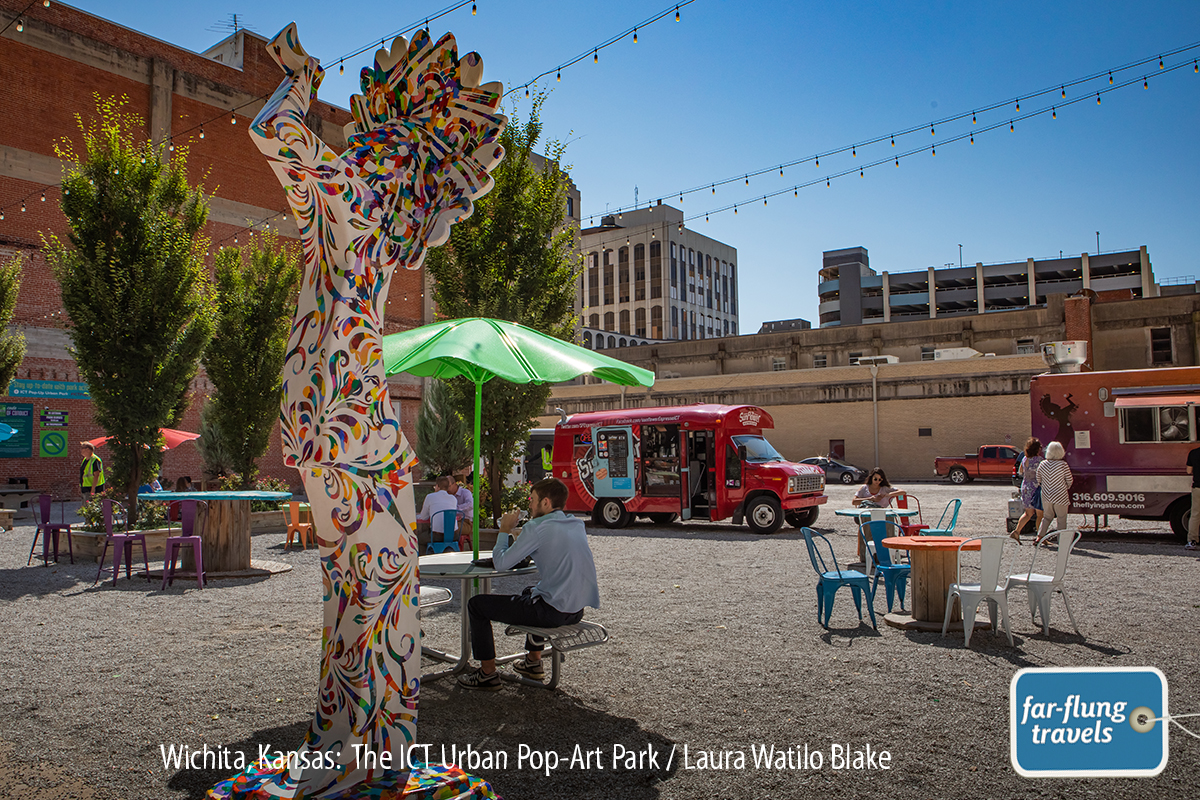
The ICT Urban Pop-Art Park has transformed an empty lot at 121 E. Douglas Avenue in downtown Wichita into a thriving and colorful open-air gathering space, where a rotating line-up of food trucks draw a lunch crowd Monday through Friday. In addition to choosing from a wide selection of fast-casual meals, you can play a game of ping pong and get a closer look at the art, which includes brightly painted 10-foot-tall Keepers (an homage to the original that overlooks the Arkansas River) and some of the 31 sculptures by Georgia Gerber scattered throughout Downtown Wichita, which depict life size animal and human figures in slice-of-life scenes.
[1 p.m.]
5. Get up close and personal with exotic animals

Tanganyika Wildlife Park sets itself apart from the Sedgwick County Zoo by offering behind-the-scenes tours and hands-on animal encounters with lemurs, lions, penguins, sloths, kangaroos and more.
There are many places that discourage people from feeding the wildlife, but Tanganyika Wildlife Park is one of the exceptions. During the behind-the-scenes tour, a keeper handed me an extra-long skewer of meat and encouraged me to feed it a hungry lioness pacing back and forth in her cage. Less than a second after clenching her sharp teeth around the stick I placed through the wire mesh of her cage, the meat disappeared and she was clamoring for more. As exhilarating as that experience may have been, I was even more thrilled to feed craisins to the resident lemurs with their glowing orange eyes and long striped tails. When one of them licked my finger, I came to the immediate conclusion that lemurs are the cutest creatures in the world, although my otter, sloth and red panda-loving friends may disagree.
By creating animal encounters like these, Tanganyika Wildlife Park deepens the bonds between humans and the natural environment and builds awareness about the many animals threatened with extinction in the wild. “The impact it has on people blows me away,” says Matt Fouts, the park’s assistant director and son of its founder.
Even if you don’t choose the behind-the-scenes tour, the general admission price includes one animal encounter or you can opt for an all-inclusive pass so you can do it all: Pet the kangaroos, feed giraffes, ride on a camel, and visit with sloths, penguins, rhinos and more.
[3 p.m.]
6. Witness history come to life at the Old Cowtown Museum
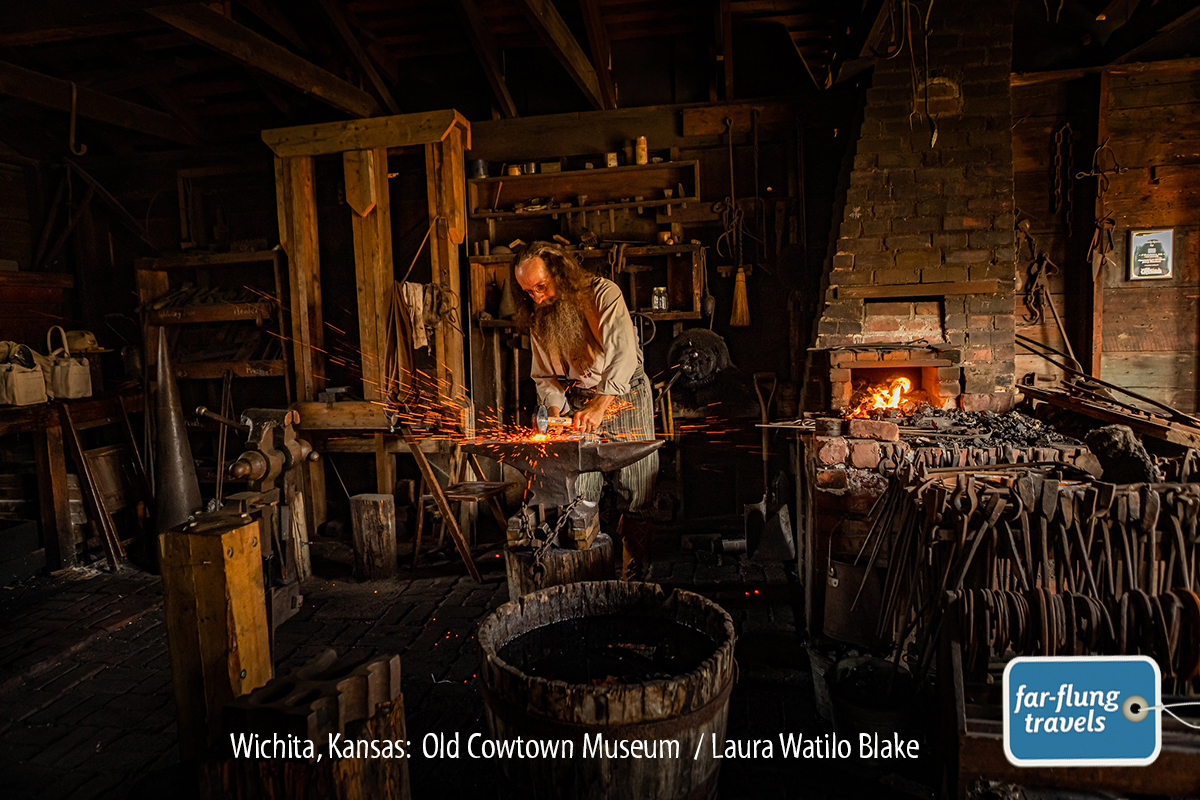
The Old Cowtown Museum depicts life in Wichita between 1865 and 1880. History comes to life at the trading post, cowboy camp, blacksmith shop, dress shop and the print shop.
A visit to the Old Cowtown Museum rewinds the clock to a period of time between 1865 to 1880, when Wichita was a small Victorian village on the upswing. It’s here I was introduced to Marshall Murdock, a pioneer journalist and founder of The Wichita Eagle. He was a huge promoter of Wichita and the first travel journalist to encourage people to visit, says J. Anthony Horsch, the director of education and interpretation. “It was common practice to send newspapers to other cities so they can get a flavor of what’s going on in other parts of the country. Instead of describing Wichita’s streets as open sewers after it rained, he’d say, ‘We have a south wind that keeps the air pleasant and clean.'”
It was a pleasant day as I wandered down the lone dusty street in town. I stopped into the blacksmith shop as Russell Dodd was practicing how to weld under the tutelage of David Pickard, whose long white beard reminds me of Santa Claus. He tells me where to stand to get a good picture of Russell when he strikes the hot iron and sends sparks flying through the room.
Other interpreters are set up at the cowboy camp, the trading post and the dressmaker’s shop depending on the day.
[5 p.m.]
7. Shop and snack in the historic Delano District
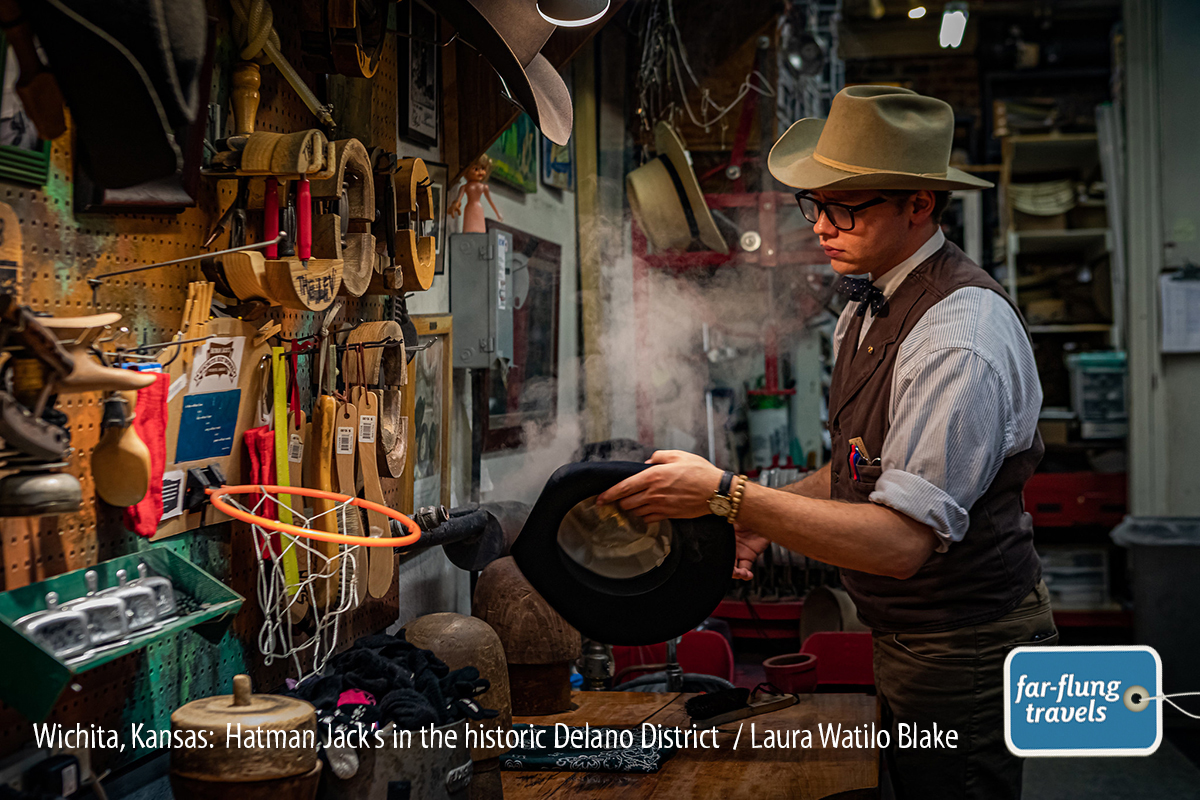
Austin Kitchen, 23, works on a hat in the back room at Hatman Jack’s, the third-largest hat store in the United States. Owner Jack Kellogg has outfitted the likes of Merle Haggard, Luciano Pavarotti and many more. Don’t assume the price will be out of your budget. He can find a suitable hat for your face for as low as $25.
Once you have a good idea of what life in early Wichita was like, head over to the historic Delano District on the west bank of the Arkansas River. These days, it’s a thriving neighborhood with retail shops, restaurants and other independent businesses, but in the early days, it was a place for cattle-driving cowboys to blow off steam at the many saloons, brothels and gambling establishments. Gunfights were commonplace, but luckily they are a thing of the past.
If you do have an axe to grind, you’ll most likely be at Blade & Timber, where you can participate in friendly bouts of axe throwing. You’ll still find drinking establishments, such as The Monarch, which has the state’s most-extensive bourbon selection (ask for the Bourbon Bible), as well as tasty smoked-meat sandwiches. If you’re in the mood for something sweet, head over to Milkfloat or Sweet ‘n Saucy.
When it comes to shopping, get a whiff of the local smelling salts at Bungalow 26 or get fitted for a hat at Hatman Jack’s, the third-largest hat store in the U.S. Owner Jack Kellogg has been in the Delano District since 1980, and owes a lot of his success to Hollywood. “I wouldn’t be here if it weren’t for movies like ‘Urban Cowboy’ and ‘Indiana Jones,” he says. “We’re currently seeing the biggest resurgence of hats since that time.”
[5:30 to 7 p.m. ]
8. Get free food and drinks
It’s totally worth mentioning here that if you stay at the Drury Plaza Broadview Hotel, you get a lot of extra perks included in the nightly rate. Guests get a free buffet breakfast, plus three free drinks and a buffet dinner during Happy Hour from 5:30 to 7 p.m. The property is just across the bridge from the Delano District and downriver from The Keeper of the Plains, which makes it a great stopover for refreshing after a long day exploring Wichita. This may sound like a blatant advertising spiel, but I don’t get kickbacks from the hotel (although if you click the link to book the hotel from my site, I get a little commission, which means I can continue to do what I love to do).
[ 7 p.m. (fall/winter) or 9 p.m. (spring/summer) ]
9. Watch the night light up
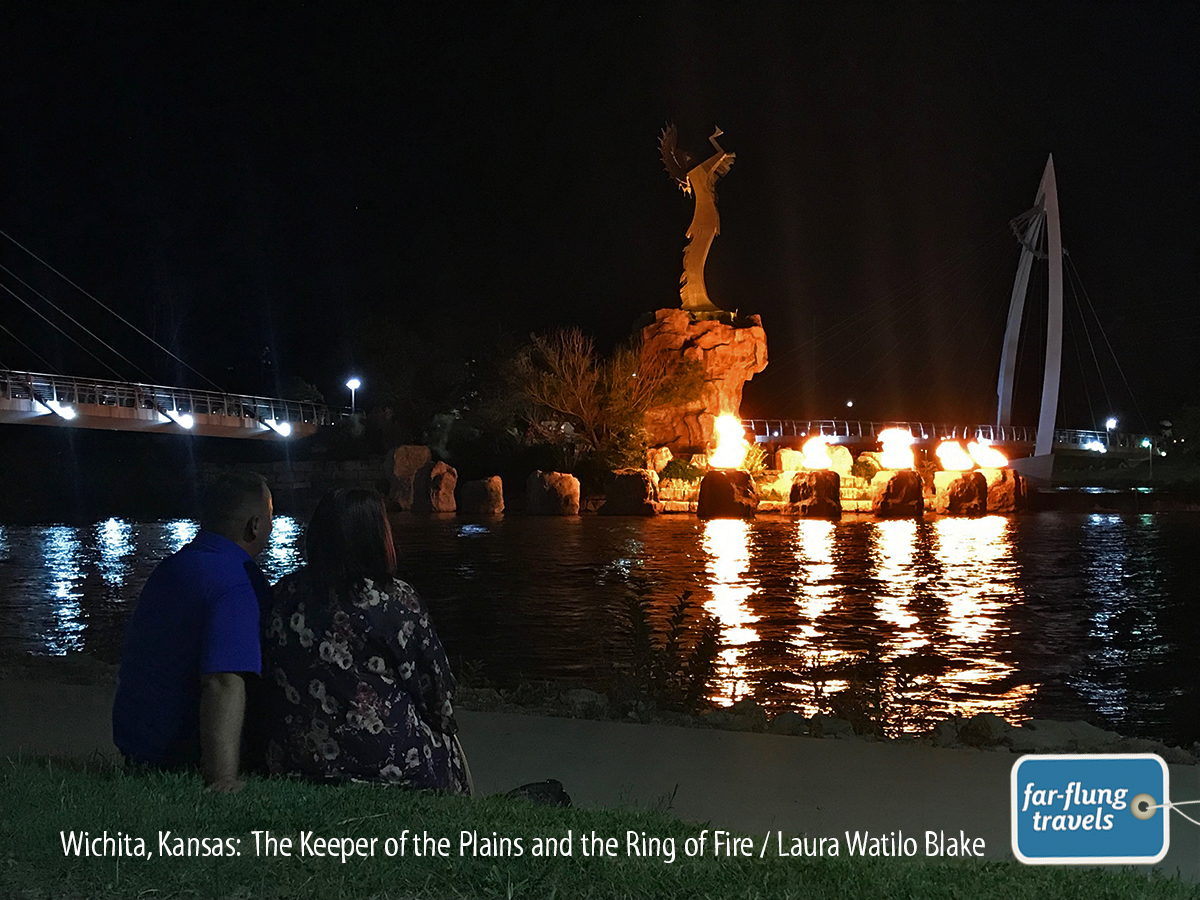
Each night, the Keeper of the Plains is a go-to gathering spot.
The Keeper of the Plains is not far from the Delano District and it’s a popular spot to gather at night, when the sculpture is illuminated by the Ring of Fire. Every night, fire drums surrounding the plaza are set alight for 15 minutes. The hours change seasonally, burning from 7 to 7:15 p.m. during the fall and winter and 9 to 9:15 p.m. in the summer.
[9:30 p.m.]
10. Listen to live music in Old Town
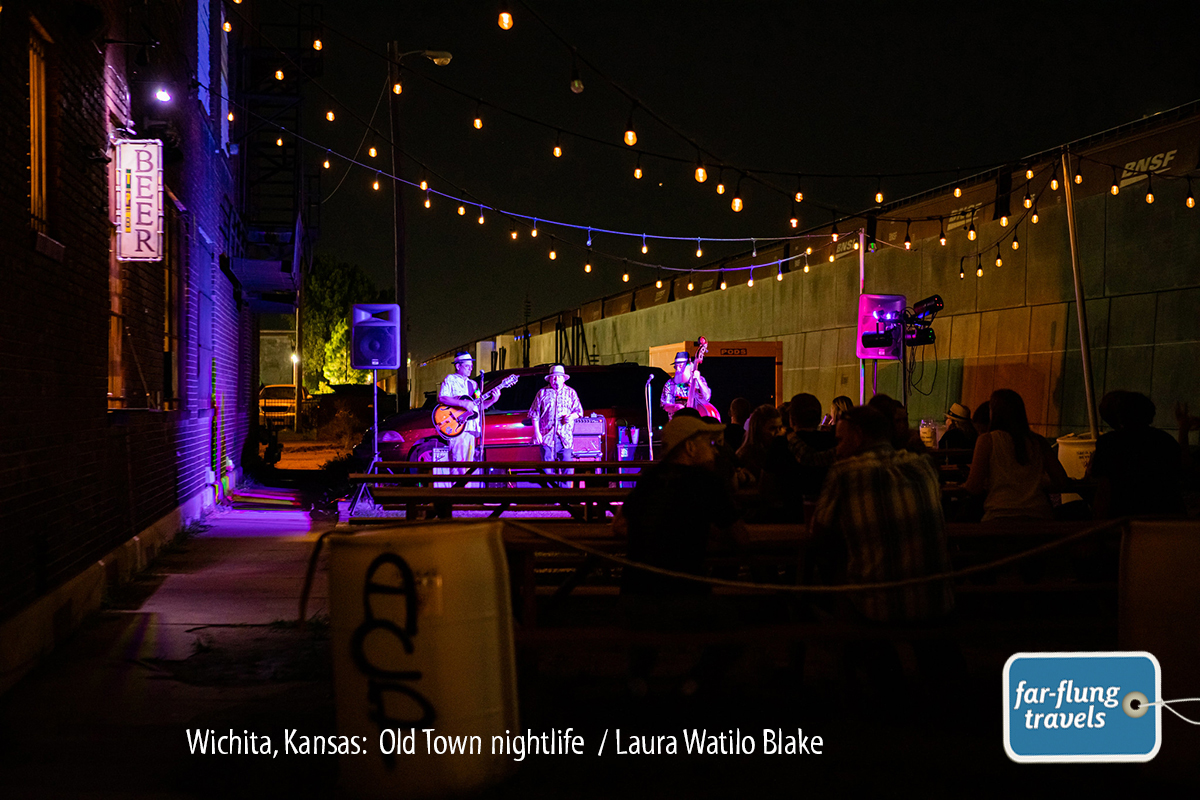
The Made from Scratch band plays in an open-air venue next to Third Place Brewery in downtown Wichita, Kansas.
The late-night crowd will love Wichita’s Old Town, which has all kinds of bars, restaurants and entertainment venues that stay open until the wee hours of the night. Play classic video games to your heart’s content at the The Arcade, which stays open until 1 a.m. on the weekends. Listen to live music streams at a variety of Old Town bars, including Mort’s Cigar & Martini Bar or the more-casual Pumphouse, which also features some angel wings for an Instagram-worth selfie.
[??]
11. Get a good night’s sleep
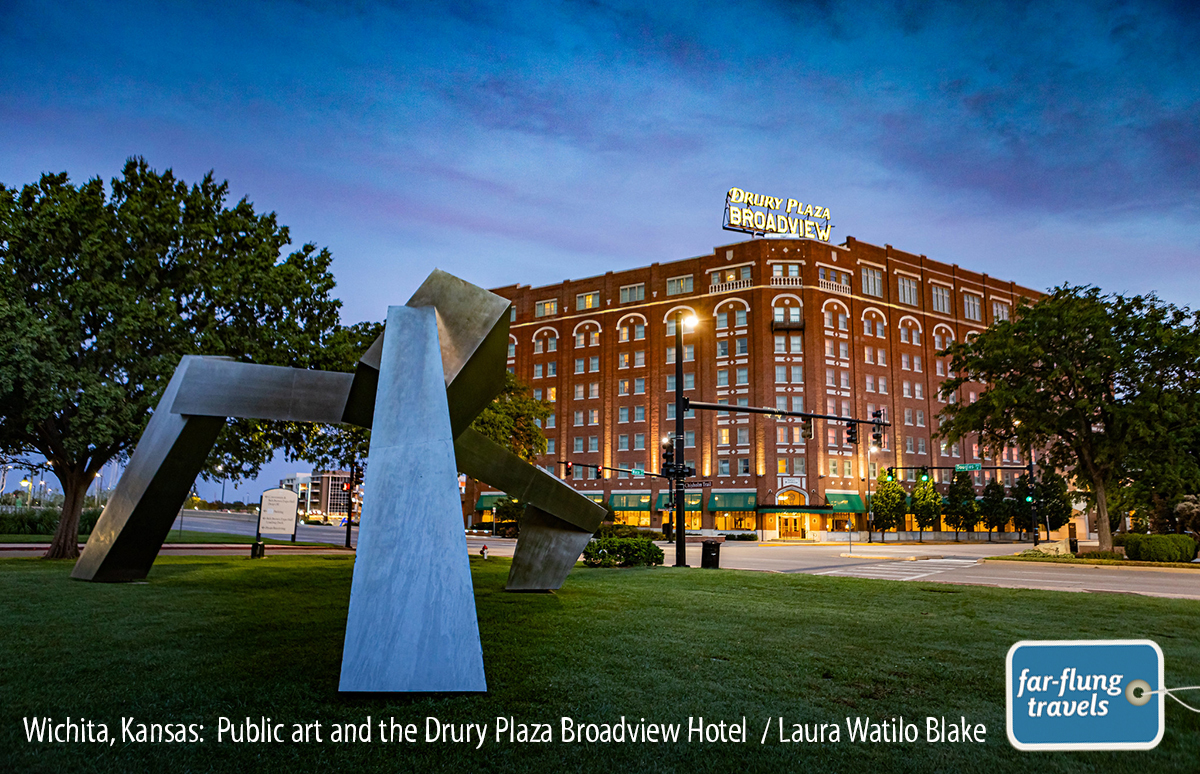
The Drury Plaza Broadview Hotel is conveniently located in downtown Wichita, Kansas, next to the Arkansas River and across from the historic Delano District.
After a long day, make your way back to the Drury Plaza Broadview Hotel. Once known as the Broadview Hotel, the building welcomed its first guests in 1921. Built along the banks of the Arkansas River near the Chisholm Trail, it soon became known as the premier hotel in the Midwest for its central location in the city along popular transportation lines. A horse and buggy station once located on the northwest side of the building was the only means of public transportation to western Kansas.
The hotel went through a $26 million renovation in 2011, so it’s up to modern standards. My room on the 8th floor had great views of downtown Wichita and the Arkansas River. More importantly, the rooms were quiet and clean, the bed was comfortable and the shower had fantastic water pressure and temperature. The aforementioned perks made the stay even better.
Pin this!
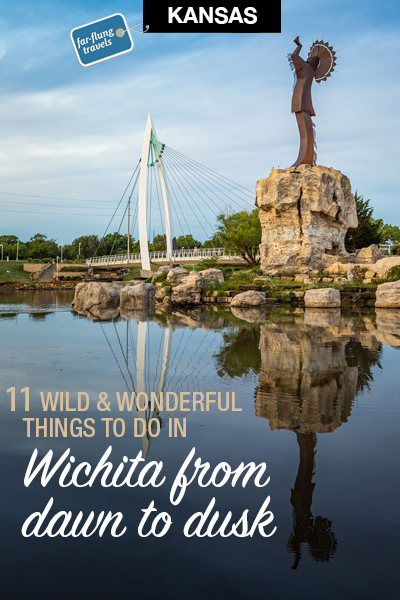
The Keeper of the Plains, a sculpture by Blackbear Bosin stands over the confluence of the Arkansas and Little Arkansas rivers at dawn. It’s located in the heart of Wichita, Kansas, a jewel in the state’s central plains.

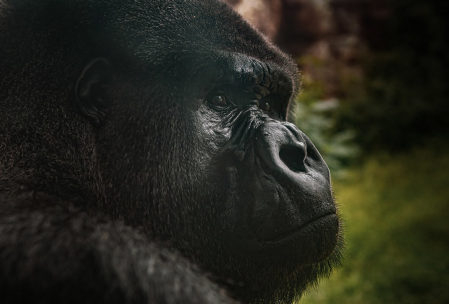
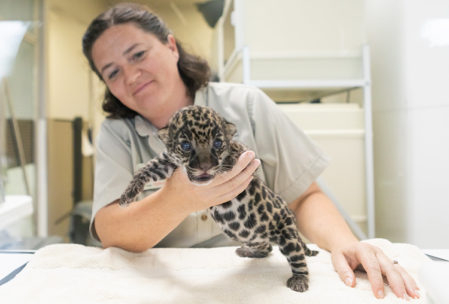
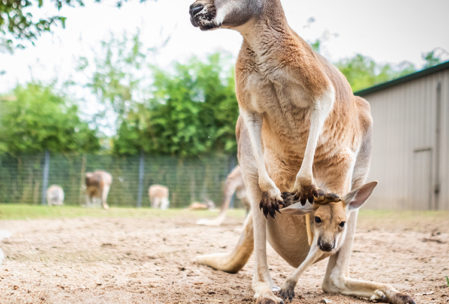
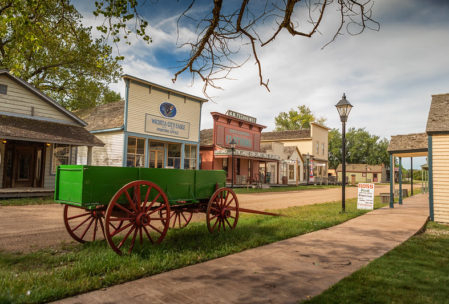
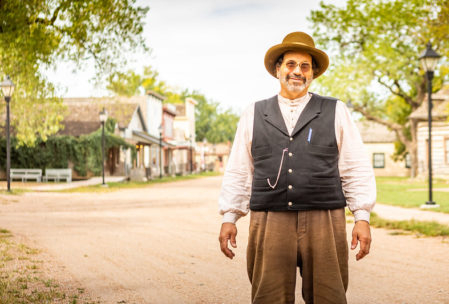
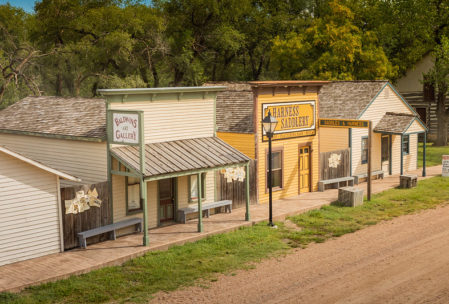
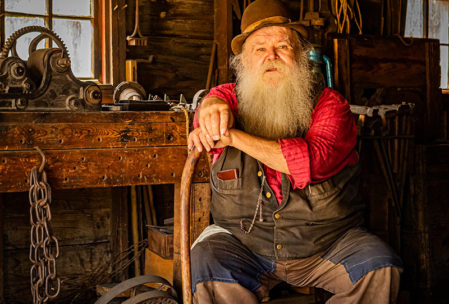
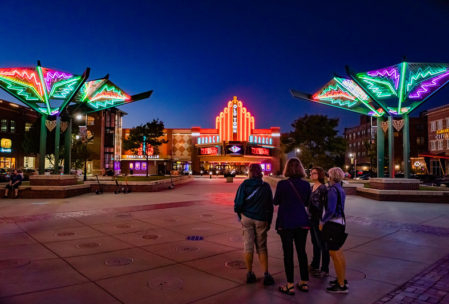
Write a Reply or Comment